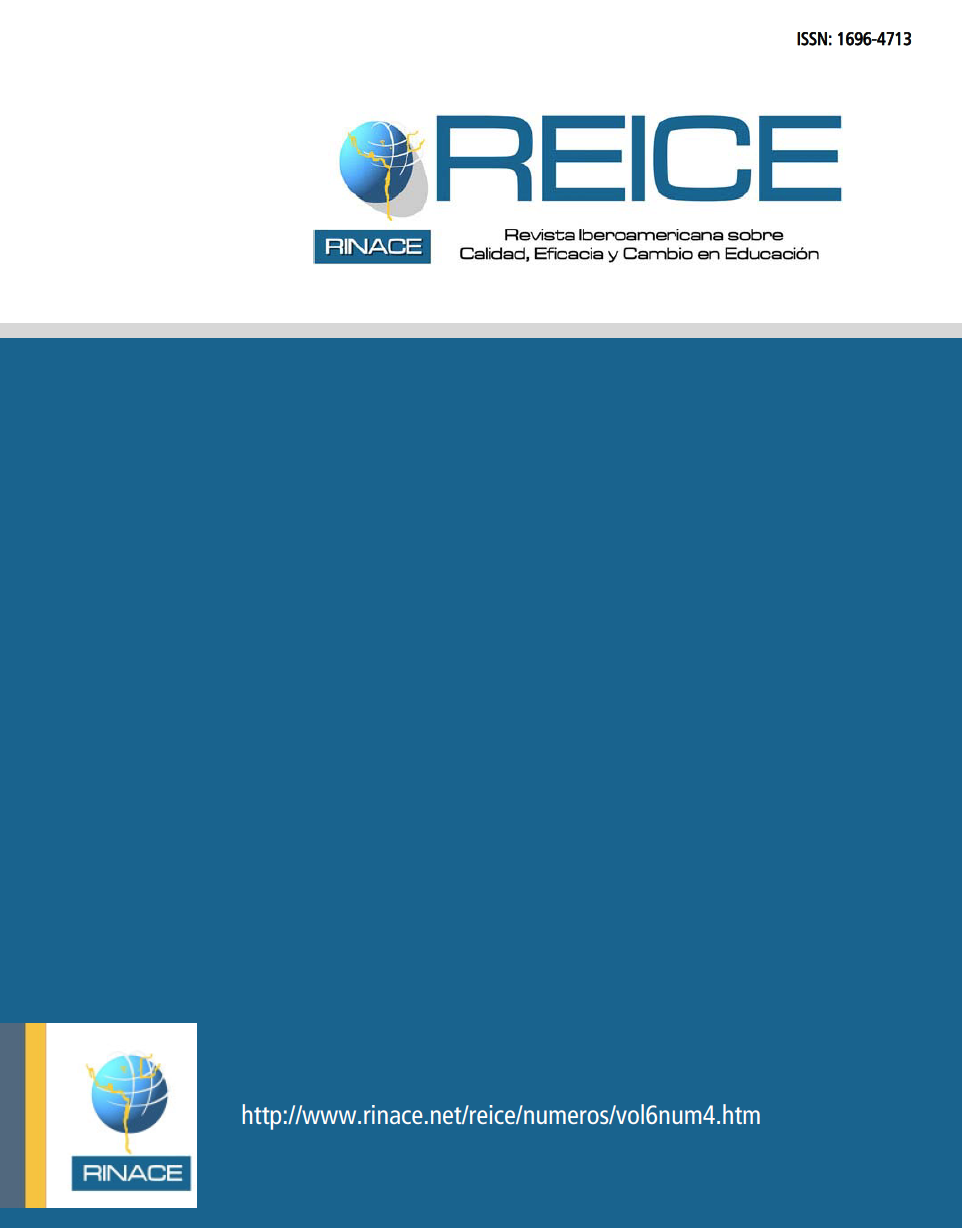Unequal Conditions, Unequal Practices. A Study on School Conditions and Primary School Teaching Practices in Mexico
Keywords:
Quality, Effectiveness, Change, Improvement, Equity, Innovation.Copyright (c) 2016 REICE. Iberoamerican Journal on Quality Effectiveness and Educational Change

This work is licensed under a Creative Commons Attribution-NonCommercial-NoDerivatives 4.0 International License.
Abstract
This article presents the results of an investigation about the conditions of the educational offer of elementary school in Mexico and explores the relation that these have with the practices of teachers to develop reading comprehension in 4th and 5th grade students. The conditions of the educational offer include the investigation of factors of the classroom, school and educational system. The factors studied are within the literature on school effectiveness associated with educational achievement. It is worth mentioning that this study does not make links with academic achievement.
The study is representative of primary schools and teachers in Mexico. The sample was stratified to be representative of the modalities of primary public urban education, rural public, indigenous, community and urban private. 905 schools and 5900 teachers participated in the study. The information was collected through self-administered questionnaires to teachers and an interview addressed to school principals. Teachers of all grades participated, however the explanatory study of the teaching practices was carried out only with the information of the 4th and 5th grade teachers.
The study finds that the educational system structures unequal educational opportunities for students. Schools that serve the poorest students receive less material and human resources than schools whose students are in a more favorable situation. This inequality is manifested in a staircase where public urban schools have more favorable conditions, followed by public rural schools, indigenous schools and finally community schools. Private institutions represent a completely different reality, in which resources are plentiful. Consequently, teachers who work in more unfavorable contexts, are just those who have less favorable conditions in the classroom and school, and less support from the education system to perform their work.
